Hips feeling tight? Grab your foam roller and try these feel-good moves to release tension.
If your days are spent sitting at a desk or you have an exercise program that includes movements like squats, deadlifts, or cycling, then chances are that your hips are tight.
Tight hips can not only lead to pain in the hip complex, but it can also lead to pain in other areas of the body like the lower back and knees.
Suffering from a sore neck, back and shoulders? Get our mobility guide to ease pain and soreness.
Get The FREE Mobility Guide To Fix Your Pain Today!
Self-myofascial release – also known as SMR – is an effective way to relieve tension and tightness in the muscles, improve blood and lymphatic circulation, and to stretch the skeletal muscles (1).
Foam rolling is a form of SMR that can be done just about anywhere. In addition to helping release tight muscles, foam rolling helps increase range of motion by reducing delayed onset muscle soreness (2, 3). It can also be used post-injury to help release scar tissue that has grown around the area of injury.
A tough workout or a long day of sitting can be especially tough on the hips, and these foam roller exercises can help offset the damage.
Rules of Foam Rolling
- Begin by using a medium-softness foam roller.
- Roll slowly around the areas of direct pain.
- When rolling out trigger points – or “knots” – in the muscles, you can expect to experience some intensity or pain as if you were getting a deep tissue massage.
- Once you find a trigger point, hold for 20 seconds and then continue on to the next trigger point.
- Always listen to your body and stop immediately if something doesn’t feel right.
- Foam roll consistently and daily if possible.
Grab a foam roller and use the following routine to relieve your hip pain quickly and easily.
Hip Flexor Rollout
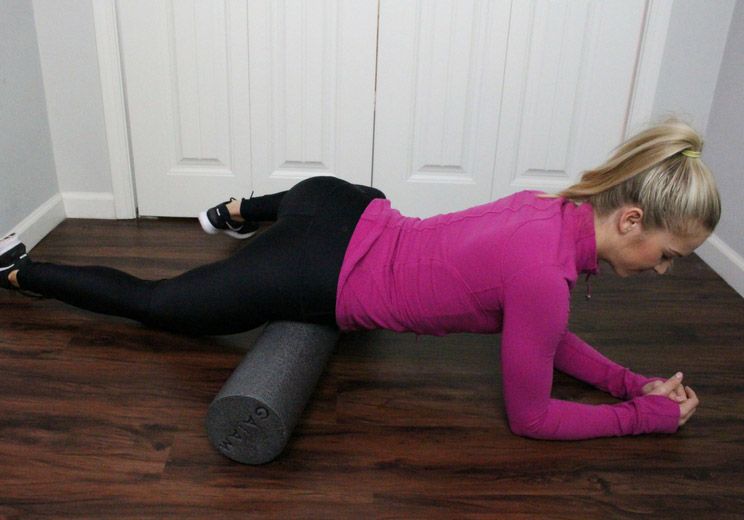
If you are feeling pain and tightness in your hip flexors, you may also be feeling it in your lower back. The hip flexors are responsible for lifting your knees and bending your waist, so when you sit a lot, this muscle becomes shortened and tight. Your largest hip flexor, the Psoas Major, attaches to your lumbar spine and when this muscle gets tight, it pulls on your lower back.
- Lie facedown on your foam roller so that it sits just below your right hip.
- Bring your left leg out to the side at a 90-degree angle and place your forearms on the ground in front of you for support.
- Straighten your right leg back behind you with your toes untucked and take small back-and-forth and side-to-side movements.
- When you find a trigger point, stop and hold it on the spot for 20 seconds or until you feel a release, then continue on.
- Repeat on the other side.
Figure 4

As a main part of the hip complex, tightness in the glutes and the piriformis can lead to sciatic pain, lower back, and knee pain.
- Sit on your foam roller with your knees bent and your feet on the floor. Place your hands on the ground behind you to support yourself.
- Cross your right ankle on your left thigh right above your knee. Then, turn your body to the right so that you are applying pressure to the outer right glute.
- Take small up-and-down and back-and-forth movements to look for trigger points. When you find one, stop and hold for 20 seconds, then continue on.
- Repeat on the other side.
IT Band Release
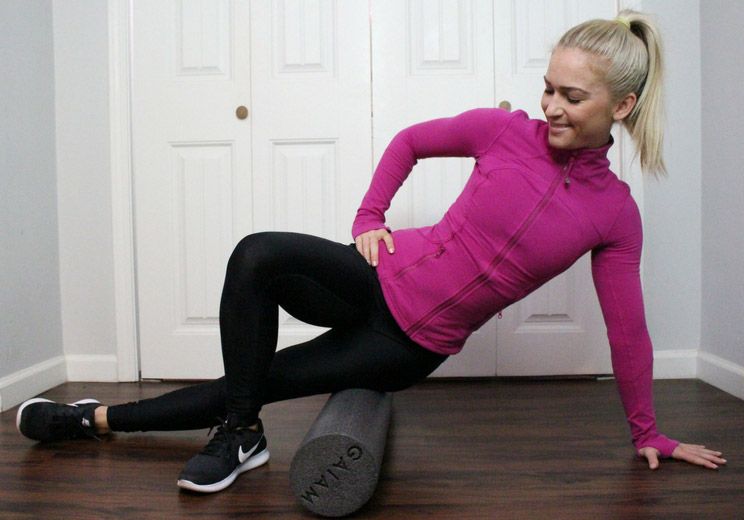
The iliotibial band attaches to the iliac crest and works to extend, abduct, and laterally rotate the hip, this means that tightness can lead to hip pain.
- Lie sideways on the foam roller so that it rests right below your outer right hip.
- Straighten your right leg. Then, bend your left knee and step your left foot on the ground in front of your right thigh.
- Lean into your right palm so that your right arm and your left foot are controlling the amount of weight you are placing on the foam roller.
- Slowly roll up on the foam roller so that it rolls down towards the knee. Stop and hold for 20 seconds whenever you find a knot, then continue on.
- Roll down right above the knee, then slowly reverse and roll back up towards the hip.
- Repeat on the other side.
Adductor Rollout
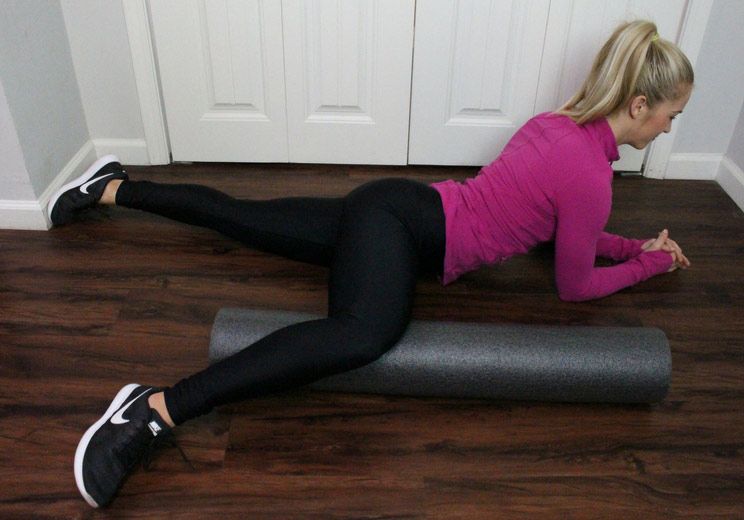
The adductors connect directly to the pubic bone, so when these muscles get tight, they can cause hip pain.
- Lie next to the foam roller so that it is parallel to your right side. Place your forearms on the ground to support your upper body.
- Bend your right knee and place your right thigh over the foam roller so that it rests right above your knee.
- Slowly begin to roll the foam roller in towards your groin. Stop when you find a tight spot, then continue on until you are right below the groin. Then, roll back down until you’re right above the knee.
- Repeat on the other side.
Prone Quad Release
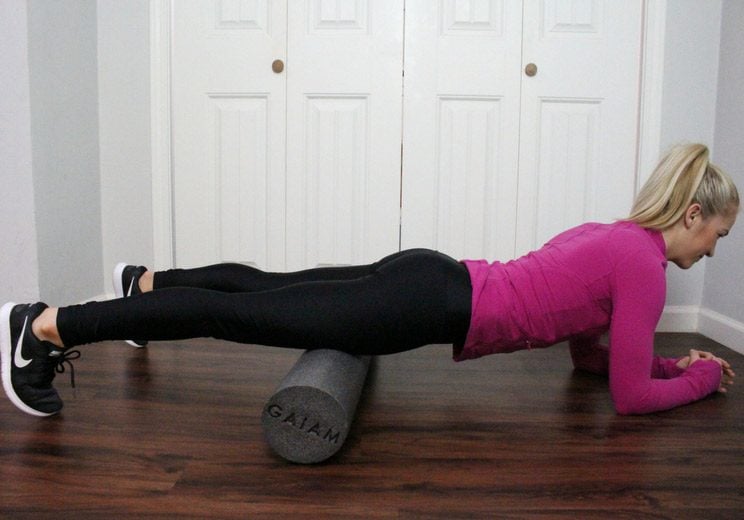
Tight quads can lead to tight hip flexors and glutes, and weak hamstrings – all which can lead to hip pain.
- Lie facedown on your foam roller so that it sits perpendicular across your body, right below your hip bones.
- Place your forearms on the ground to control the amount of weight you are placing on the quads. Then, slowly roll the foam roller down towards your knees.
- Stop and hold whenever you find a trigger point. Once you get to right above the knees, roll back up to right below the hips.
QL Release
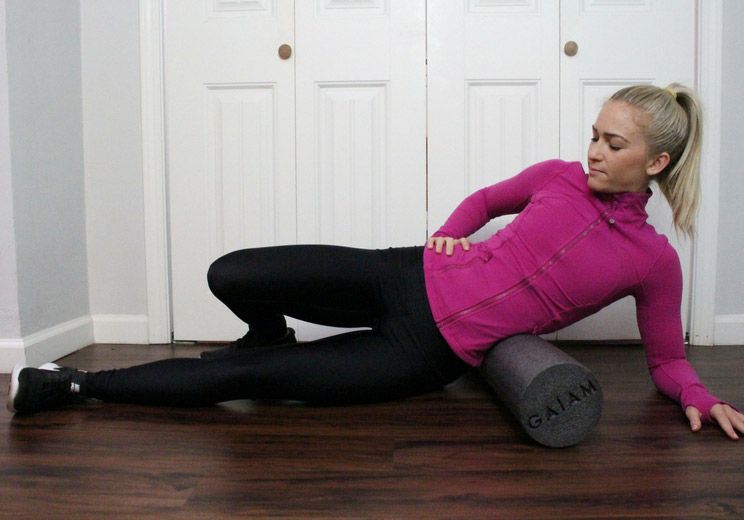
The quadratus lumborum muscle connects to the pelvis, ribs, and lower back. It can become overactive and cause one hip to become higher than the other, leading to poor posture and lower back and hip pain.
- Lie on your right side with the foam roller between your right hip bone and ribs. Prop yourself up using your right forearm.
- Extend your right leg and bend your left knee, stepping your left foot behind you.
- Take small up and down movements, stopping when you find a trigger point.
- Repeat on the other side.
Supine Hip Flexor Stretch
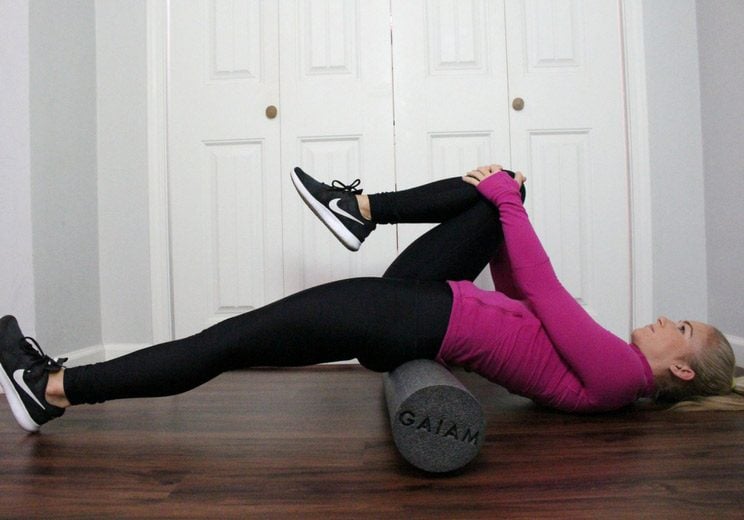
Use this static hip flexor stretch to finish off your routine and release your tight hip flexors.
- Lie flat on the ground with the foam roller resting underneath your knees.
- Press into your feet to lift your hips and slide the foam roller underneath your sacrum.
- Draw your right knee in towards your chest and extend your left leg out long.
- Interlace your hands around the top of your right knee to deepen the stretch. Hold for 20-30 seconds, then switch legs.
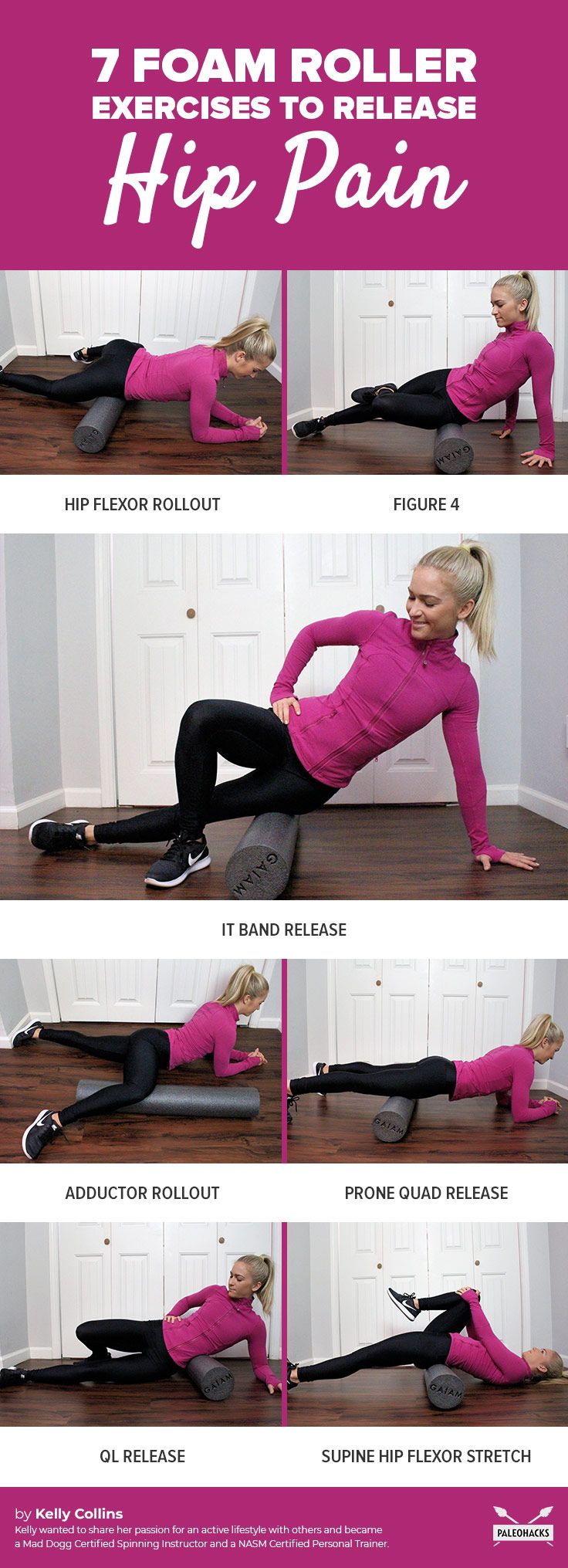
(Your Next Workout: How To Use a Foam Roller For Back Pain)


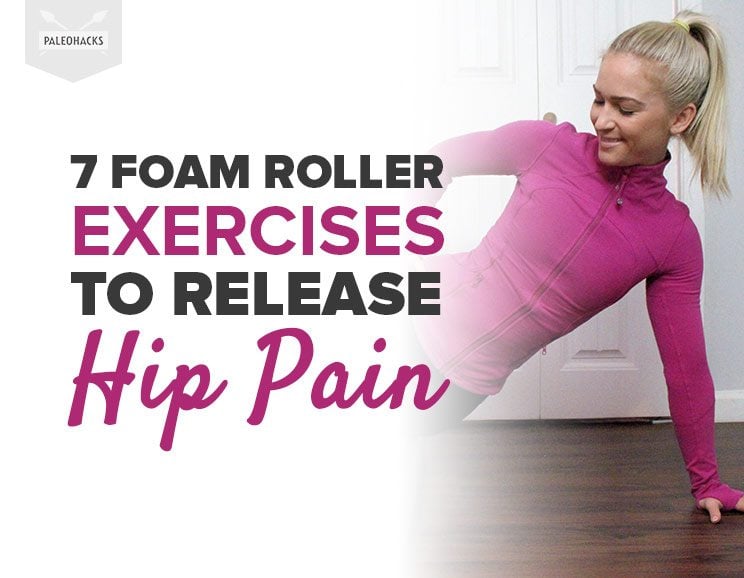
 Collagen Chocolate Chip Cookies
Collagen Chocolate Chip Cookies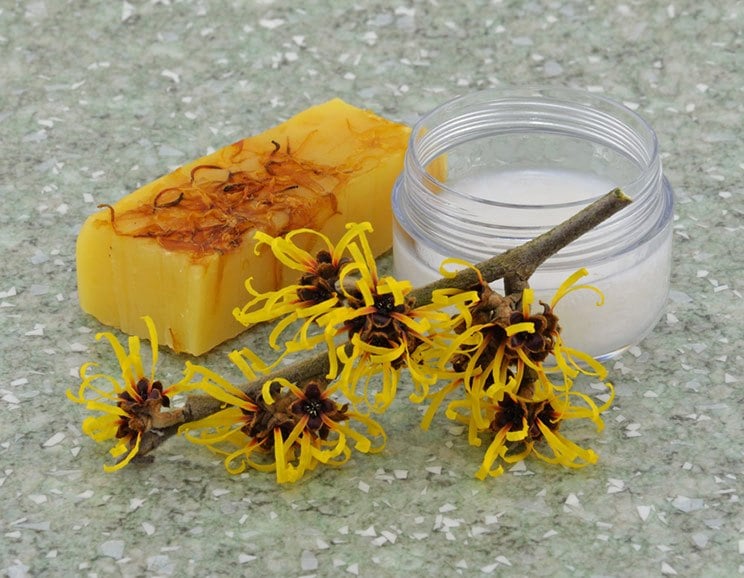
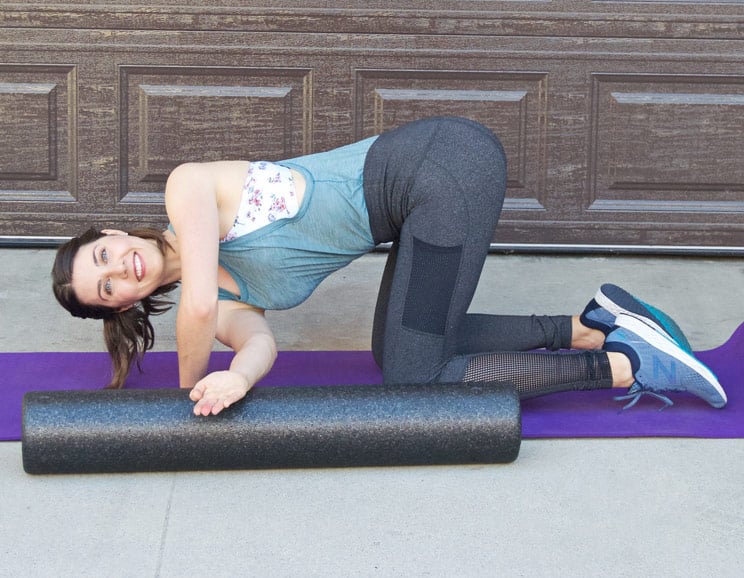
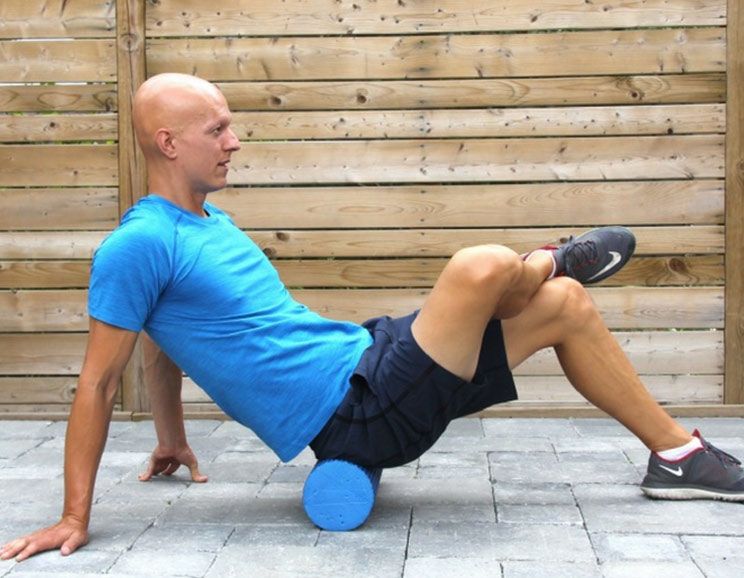
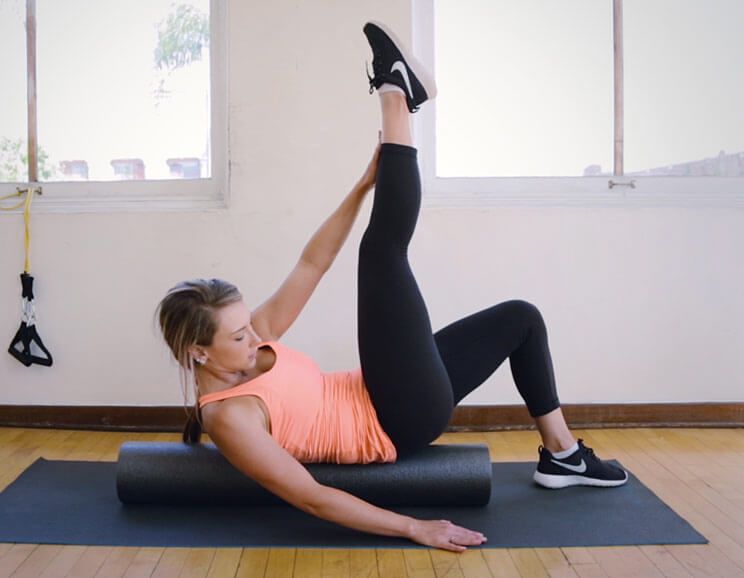
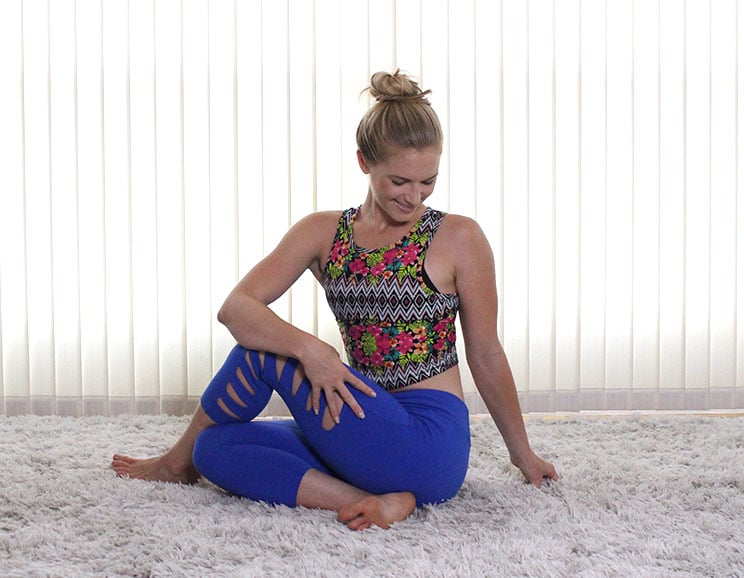
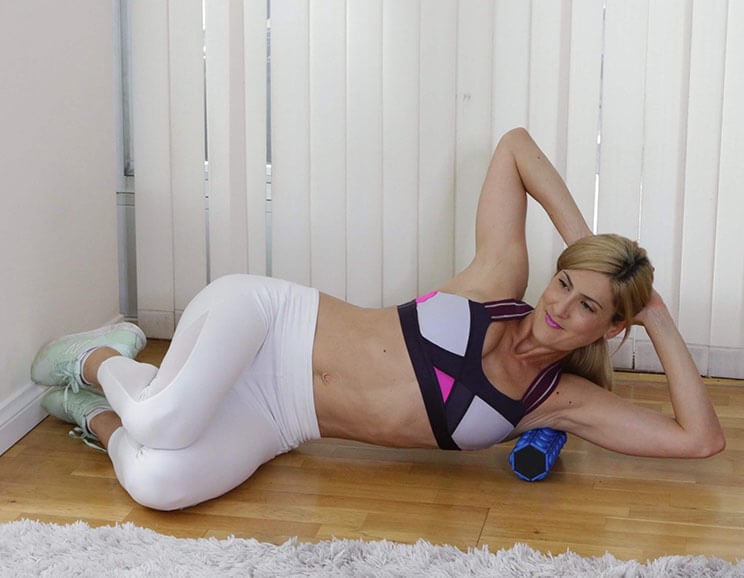
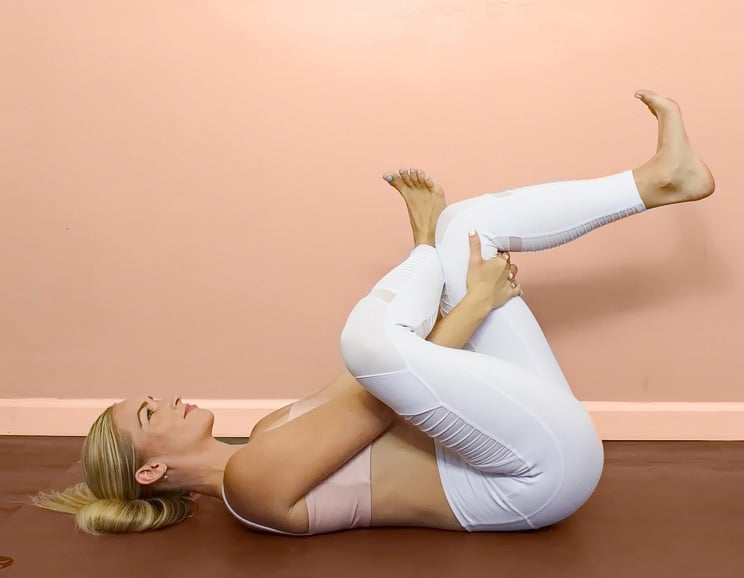

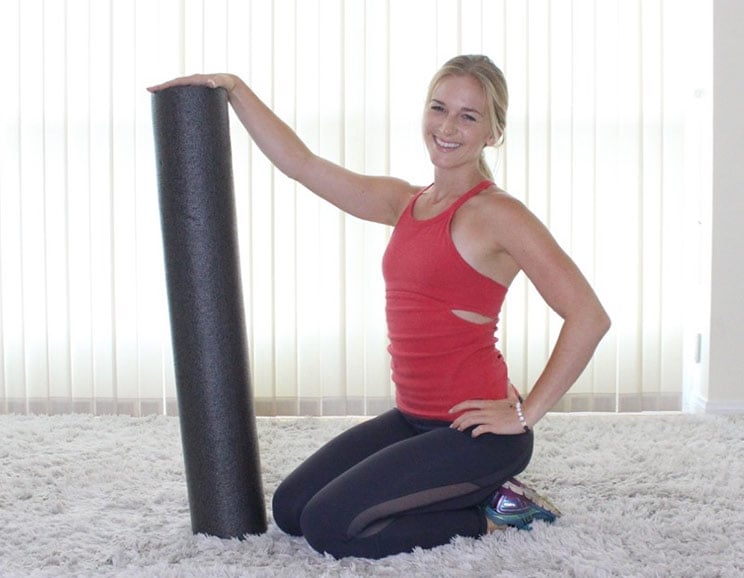
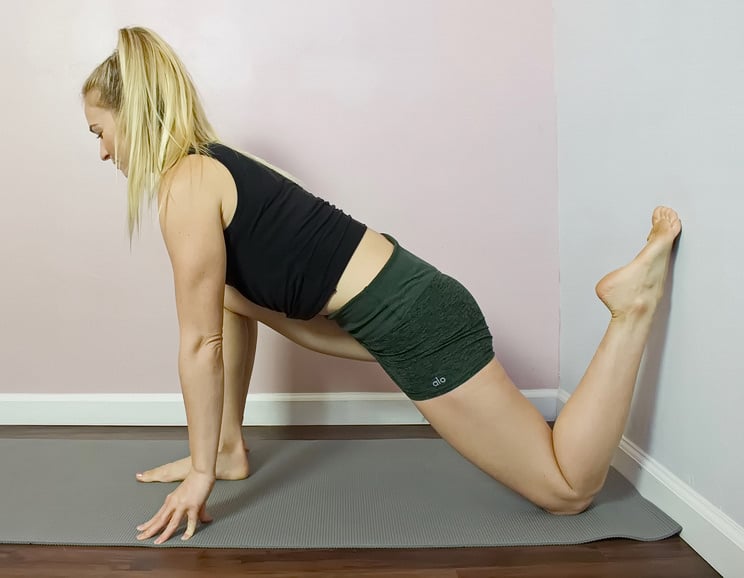
Show Comments